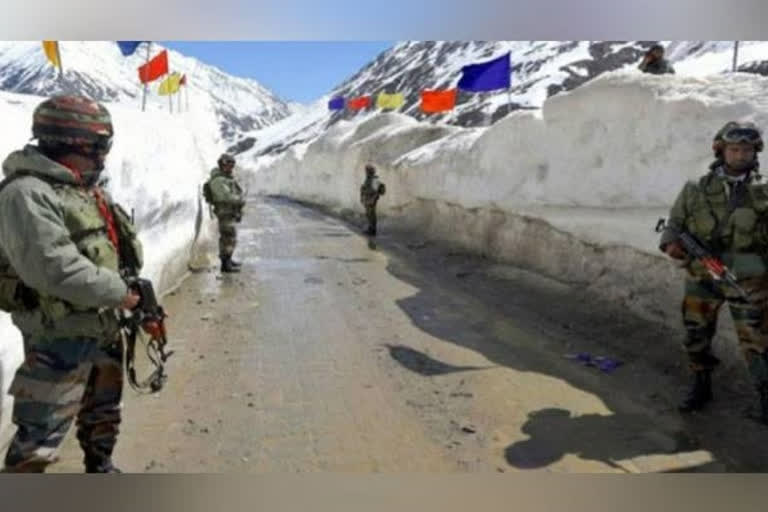New Delhi: With temperatures plummeting to more than minus 30 degrees in the upper reaches in eastern Ladakh where Indian and Chinese troops face each other along with the deployment of heavy artillery, there is growing realization that there is not much wisdom in deploying large number of troops which, among other things, is a huge drain on the national exchequers.
While China did not expect India’s steadfast resistance to the incursions, a series of a border rows led to huge mobilizations since April-May. As a result, India and China have deployed more than 100,000 soldiers and military assets along the icy frontier.
Besides the hostile weather conditions and with changes at the level of commanders on both sides, there is a golden opportunity now for India and China to ease the eight-month-long ongoing standoff in Ladakh and set about an ‘honourable’ and mutual ‘thinning out’ of troops.
At the same time, however, there is recognition of the fact that large scale troop movements would not be possible due to the inclement weather, the cold and snow.
Till now eight rounds of talks—June 6, June 22, June 30, July 14, August 2, September 21, October 12 and November 6—have taken place. The ninth round has not been scheduled yet.
While Lieutenant-General PGK Menon took over from Lt Gen Harinder Singh on October 14 as the head of the Ladakh-based 14 Corps, the latter has taken up charge as commandant, Indian Military Academy (IMA) at Dehradun. It is the 14 Corps commander who leads the Indian delegation at the talks.
It was Lt Gen Menon who led the Indian delegation at the talks in the last round—the eighth in the series—on November 6.
Also Read: 42 days and counting as all is quiet on Ladakh front
On the Chinese side, 65-year-old and the hawkish Gen Zhao Zongqi has made way for Gen Zhang Xudong on Monday as commander of the PLA’s Western Theatre which is responsible for the border with India from Ladakh to Arunachal Pradesh.
The PLA delegation at the talks is led by PLA’s South Xinjiang Military district commander Major-General Lin Liu but it will be Gen Zhang who will have a major say on the military strategy and tactics.
Both sides also have diplomats from their respective foreign ministries taking part in the talks.
It was during the seventh round of talks on October 12 that an ‘enhanced understanding’ between the two sides on the need to ‘thin out’ troop presence was reached without necessarily withdrawing heavy equipment that had already been lugged to the frontiers.
At the individual level, there are immense physical hardships involved in serving in the high and super altitude areas of eastern Ladakh. Besides lack of oxygen, there is heavy snow in most stretches, severe cold which is made worse by the wind chill factor.
At the organizational level, with mountain passes closed due to heavy snow, maintaining supplies to the deployed troops and keeping the military equipment in service condition is a logistical nightmare for both India and China.



